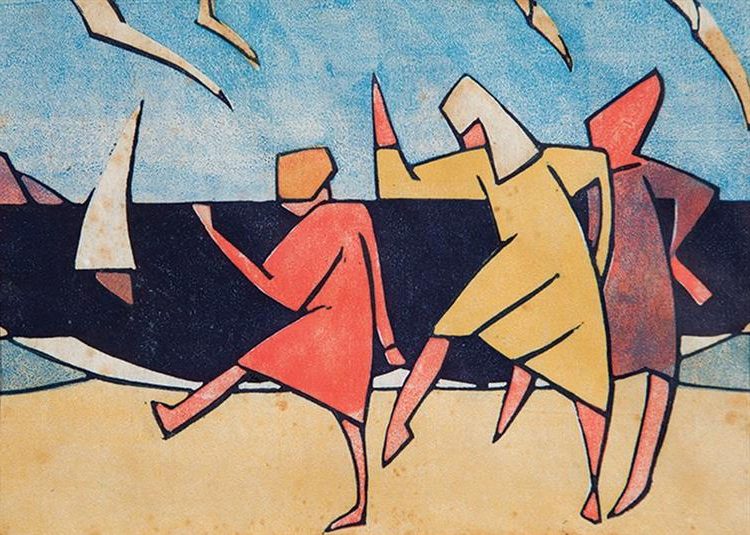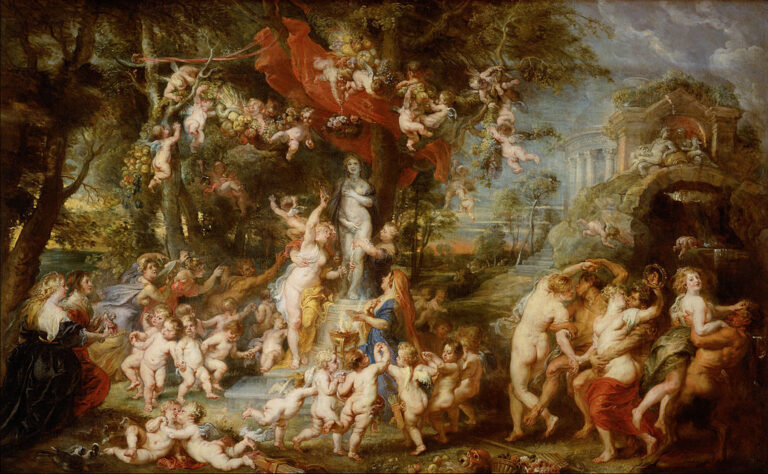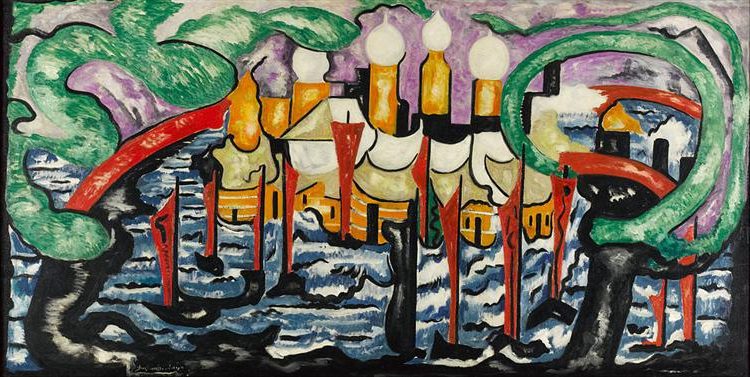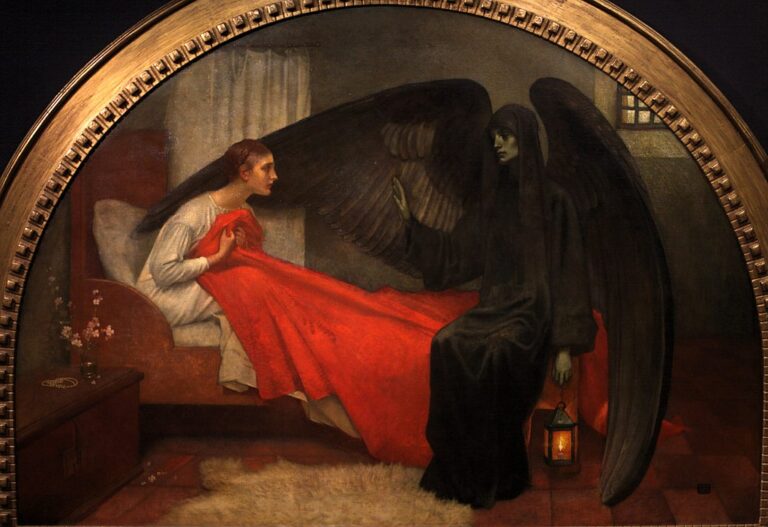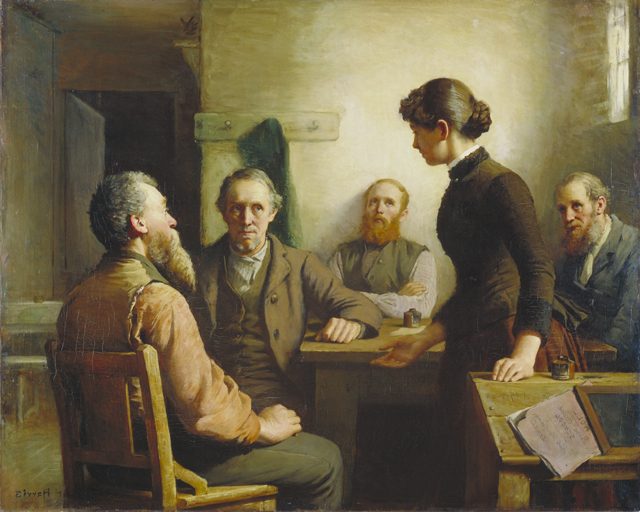Dorrit Black: Pioneering Australian Modernist Artist of the 20th Century
Born: 23 December 1891, Burnside, South Australia
Death: 13 September 1951, Adelaide, South Australia
Art Movement: Cubism, Modernism
Nationality: Australian
Teacher: Claude Flight and André Lhote
Institution: South Australian School of Arts and Crafts & Grosvenor School of Modern Art, London
Dorrit Black: Pioneering Australian Modernist Artist of the 20th Century
Early Life and Education
Dorrit Black was born in 1891 in Burnside, South Australia. She showed artistic talent from a young age and pursued formal training in her home country and abroad.
Artistic Beginnings and Influences
Dorrit Black grew up in an artistic family. Her mother, Jessie Howard Clark, was an amateur artist who encouraged Dorrit’s creative interests. As a child, Dorrit enjoyed drawing and painting. She was inspired by the landscapes of South Australia.
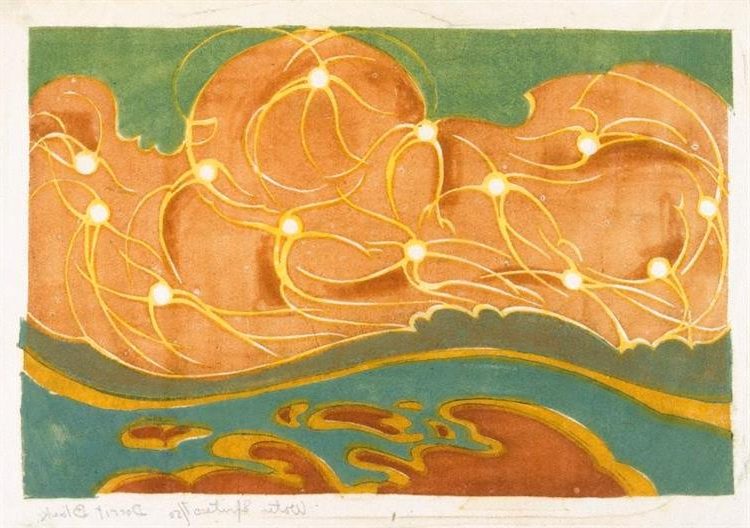
Watersprites (1931) by Dorrit Black
Black’s early work focused on watercolors. She painted scenes of nature and everyday life around Adelaide. Her style was traditional at first, but she later embraced modern art techniques.
Formal Art Training
In 1909, Black enrolled at the South Australian School of Arts and Crafts. She studied painting and drawing there for several years.
In 1915, she moved to Sydney to attend the Julian Ashton Art School.
Black expanded her skills in oil painting at Julian Ashton’s school. She learned about color theory and composition.
In the 1920s, Black traveled to Europe for more training. She studied with André Lhote in Paris and at the Grosvenor School of Modern Art in London.
These experiences shaped Black’s artistic vision. She was exposed to cubism and other modern styles. This influenced her later work as a pioneering modernist painter in Australia.
Artistic Career
Dorrit Black’s artistic journey was marked by her embrace of Modernism and significant contributions to Australian art. She developed a distinctive style blending Cubist influences with Australian landscapes and scenes.
Adoption of Modernism
In 1927, Black traveled to Europe to study at the Grosvenor School of Modern Art in London. This experience exposed her to Modernist techniques and ideas.
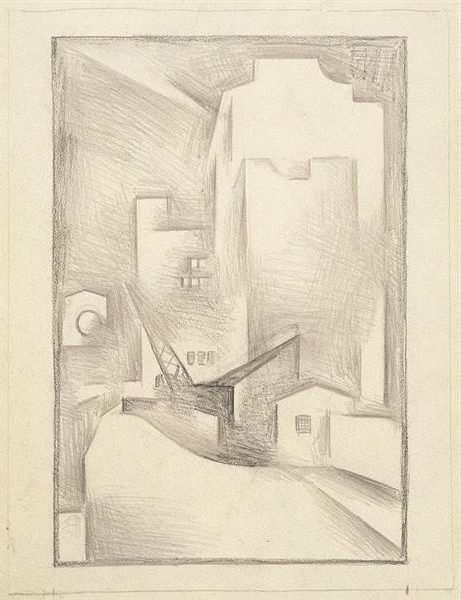
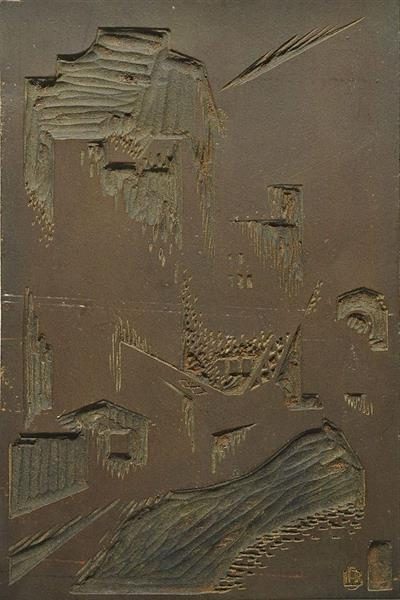
She then moved to Paris, where she studied under Cubist painter Albert Gleizes. These experiences shaped her artistic vision and techniques.
Black became fascinated with Cubism and color theory. She experimented with breaking down forms into geometric shapes and using bold, vibrant colors. This approach set her apart from many of her Australian contemporaries.
Major Works and Exhibitions
Black’s paintings often featured Australian landscapes and cityscapes through a Modernist lens. One of her most famous works is “The Bridge” (1930), depicting the Sydney Harbour Bridge under construction. This piece showcases her Cubist-inspired style applied to an iconic Australian subject.
She held several one-woman shows at the Macquarie Galleries in Sydney. These exhibitions helped introduce Modernist art to Australian audiences. Black also became skilled in linocut printmaking, creating colorful and dynamic prints.
Her work “The Eruption” (1929) is another notable piece. It blends landscape elements with abstract forms in a striking composition.
Contribution to Australian Art
Black played a key role in bringing Modernism to Australia. In 1931, she founded the Modern Art Centre in Margaret Street, Sydney. This space became a hub for artists interested in new artistic movements.
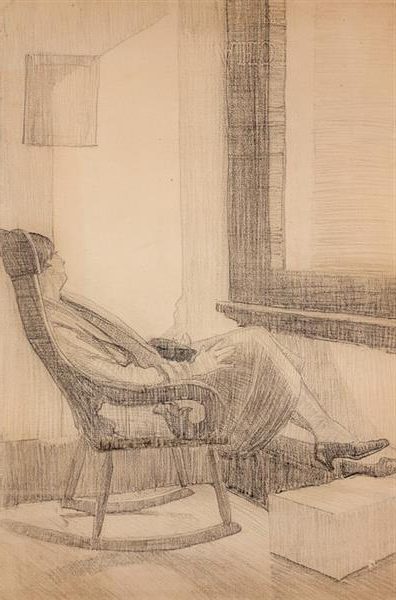
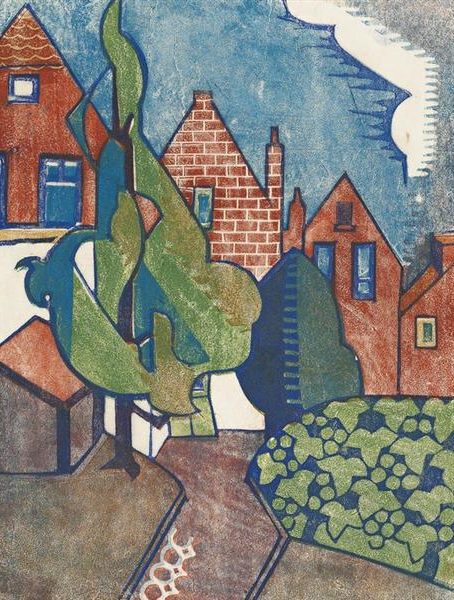
She taught and promoted Modernist techniques to other Australian artists. Her color linocuts were particularly influential, inspiring a new generation of printmakers.
Black’s work is now held in major collections, including the Art Gallery of South Australia and the National Gallery of Australia. Her paintings and prints helped pave the way for the acceptance of Modernist art in Australia.
Legacy and Influence
Dorrit Black left a lasting mark on Australian art. Her work inspired many artists and helped bring modern styles to Australia.
Impact on Modern Australian Art
Black played a key role in bringing Cubism and modernism to Australia. She was one of the first Australian artists to study Cubism in Europe. When she came back, she shared these new ideas with other artists.
Her bold, geometric paintings and prints were different from traditional Australian art. This helped push Australian art in new directions.
Black also taught art classes and ran a gallery in Sydney. This gave other modern artists a place to show their work. She helped form a group of modernist painters in Adelaide. These actions spread modern art ideas across Australia.
Permanent Collections and Memorials
Many top museums in Australia have Black’s paintings and prints. The Art Gallery of South Australia has a large collection of her work. The National Gallery of Australia and Art Gallery of New South Wales also own her pieces.
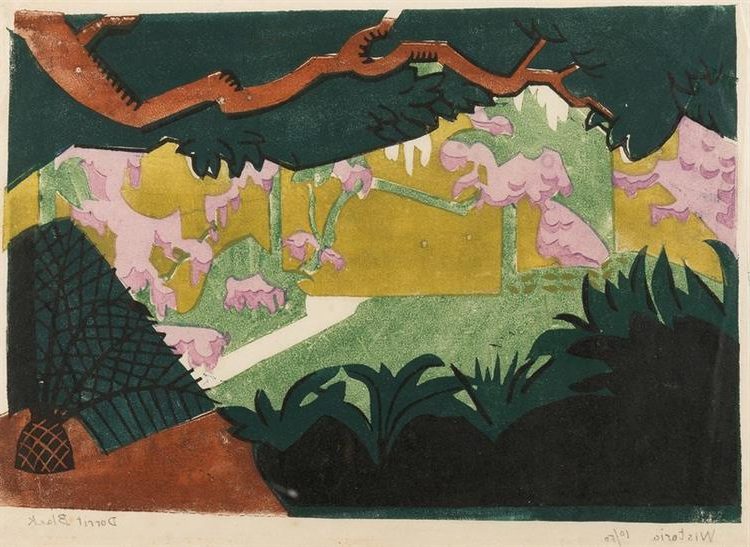
Wisteria, Wentworth House (1931) by Dorrit Black
In 2014, the Art Gallery of South Australia held a big show of Black’s art. It was the first major look at her work in 40 years. This show helped more people learn about Black’s importance.
There’s a street named after Black in Canberra. The Royal Adelaide Hospital, where she died, has a memorial plaque for her. These tributes show how much Black is valued in Australian art history.
Frequently Asked Questions
Dorrit Black was a pioneering Australian modernist painter and printmaker. Her work and travels had a big impact on art in Australia in the early 20th century.
What are the most famous works of Dorrit Black?
Some of Dorrit Black’s best-known paintings include “The Bridge” from 1930 and “The Eruption” from 1942. Her linocut print “The Towers” from 1929 is also very well-known.
How does Dorrit Black’s style compare to other modernists of her time?
Black’s style used bold colors and geometric shapes like other modernists. But her work often had more rounded forms and softer edges than some of her peers. She blended cubist ideas with her own unique take on the Australian landscape.
What influence did Dorrit Black have on Australian art?
Black helped bring modern art styles to Australia. She taught many young artists about new European art movements. Her own bold paintings and prints inspired other Australian artists to try new approaches.
Which art movements is Dorrit Black associated with?
Dorrit Black is linked to Cubism and Modernism. She studied Cubist ideas in Europe and brought them back to Australia. Her work helped start the modern art movement in her home country.
Can you discuss Dorrit Black’s contribution to printmaking in Australia?
Black was a key figure in Australian printmaking. She set up one of the first printmaking studios in Adelaide. Her colorful linocuts helped make printmaking more popular as an art form in Australia.
How did Dorrit Black’s travels influence her artistic evolution?
Black’s trips to Europe had a big effect on her art. In Paris, she learned about Cubism from artists like André Lhote. These new ideas changed how she painted landscapes and city scenes when she returned to Australia.

